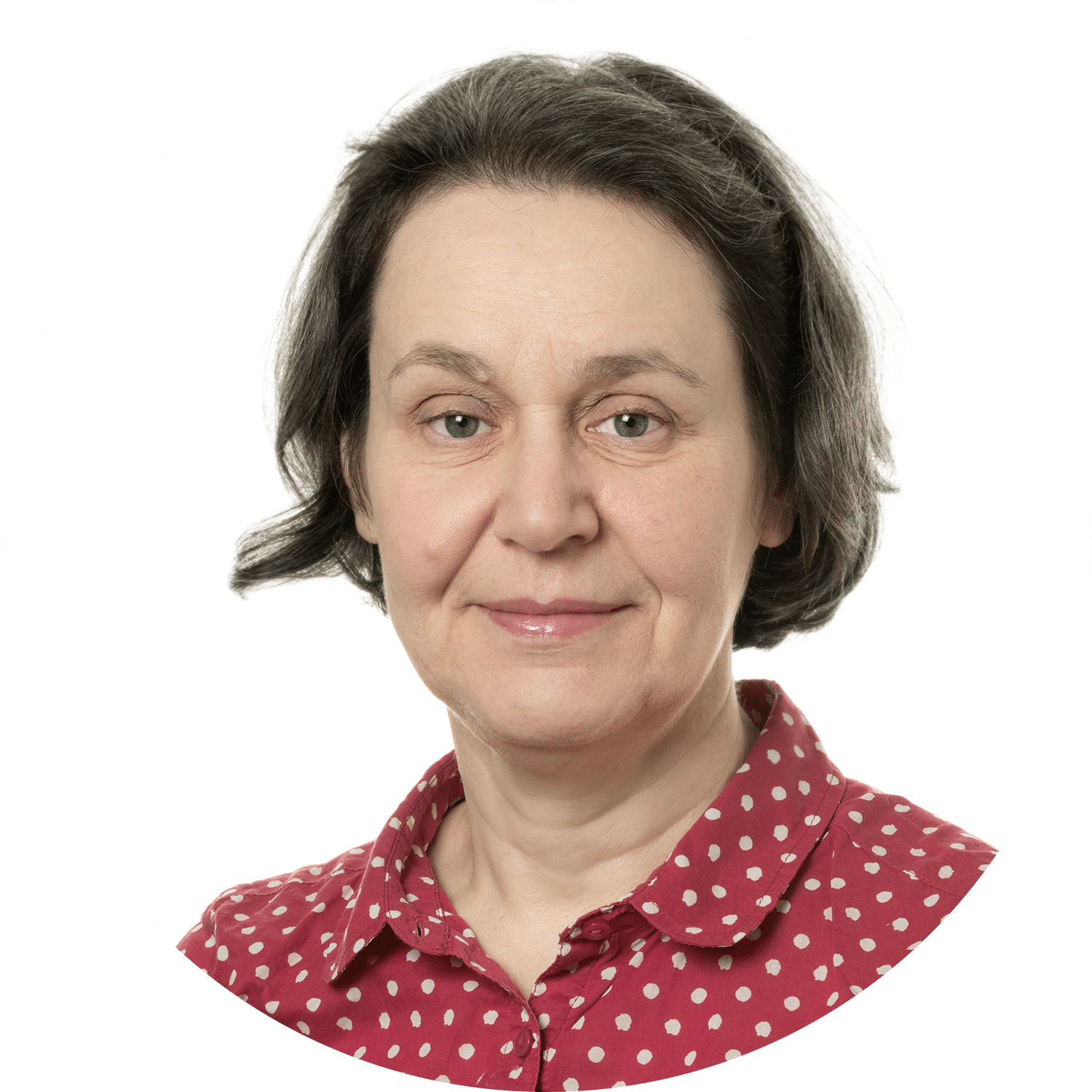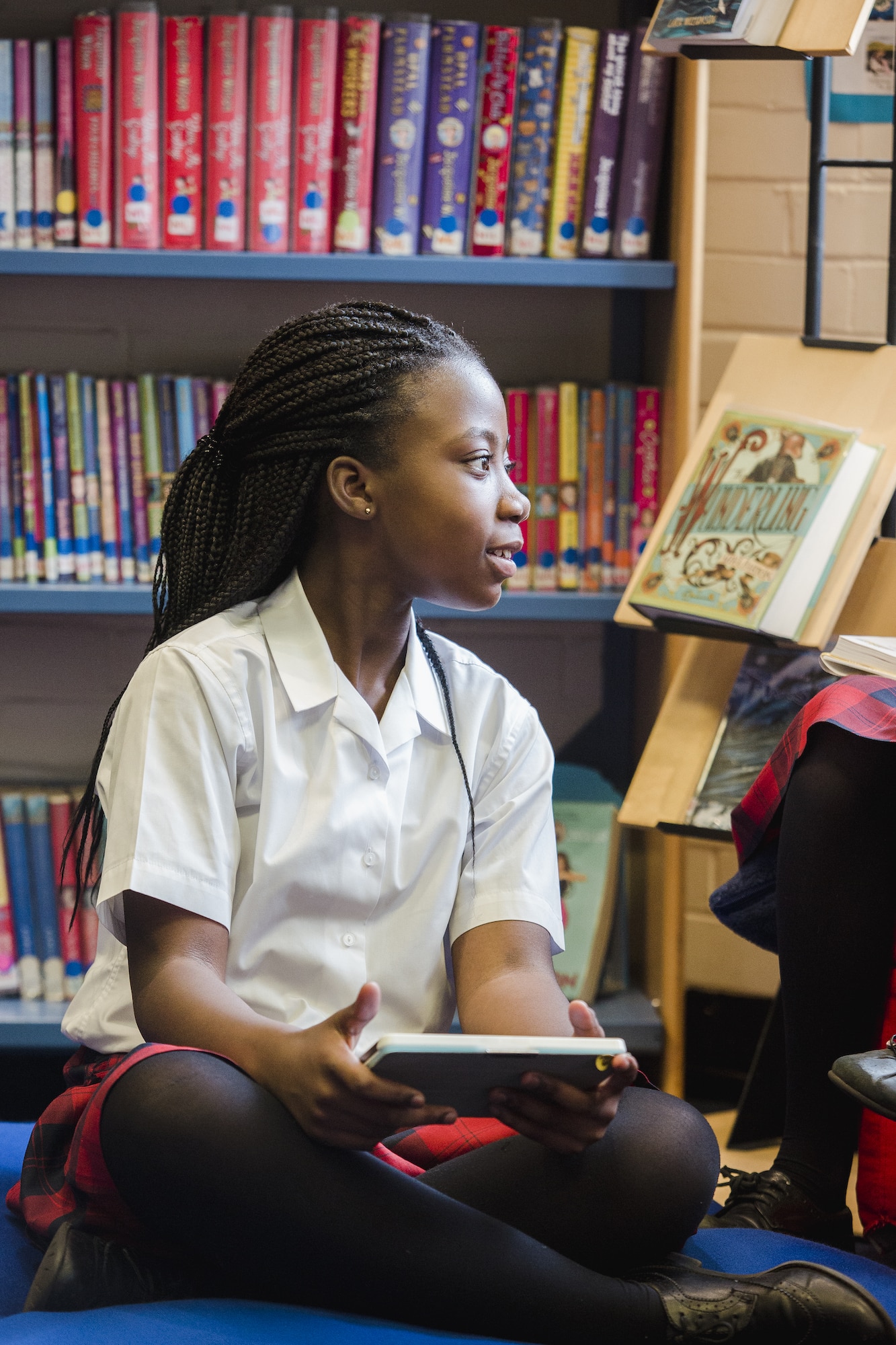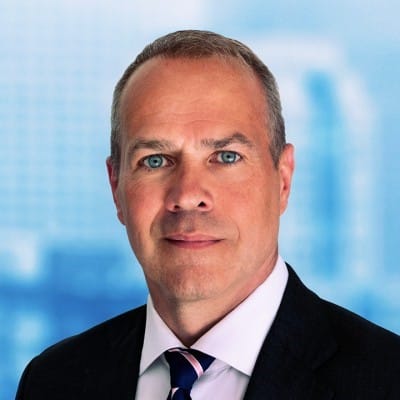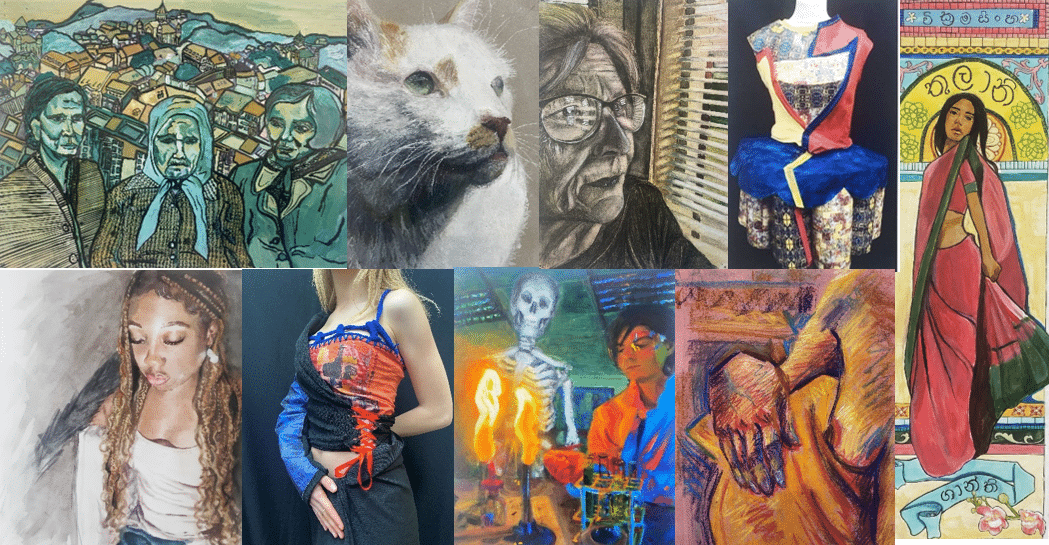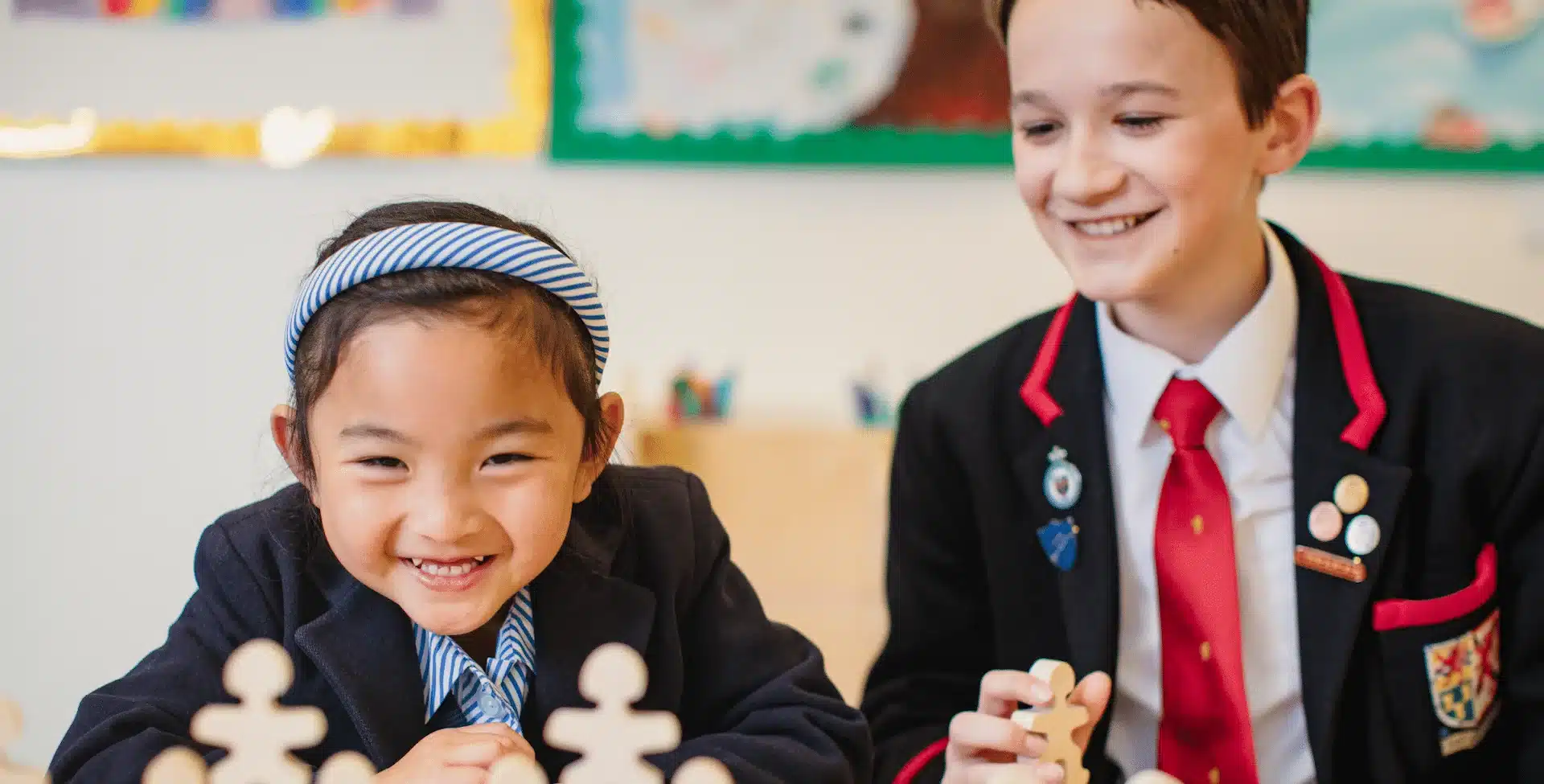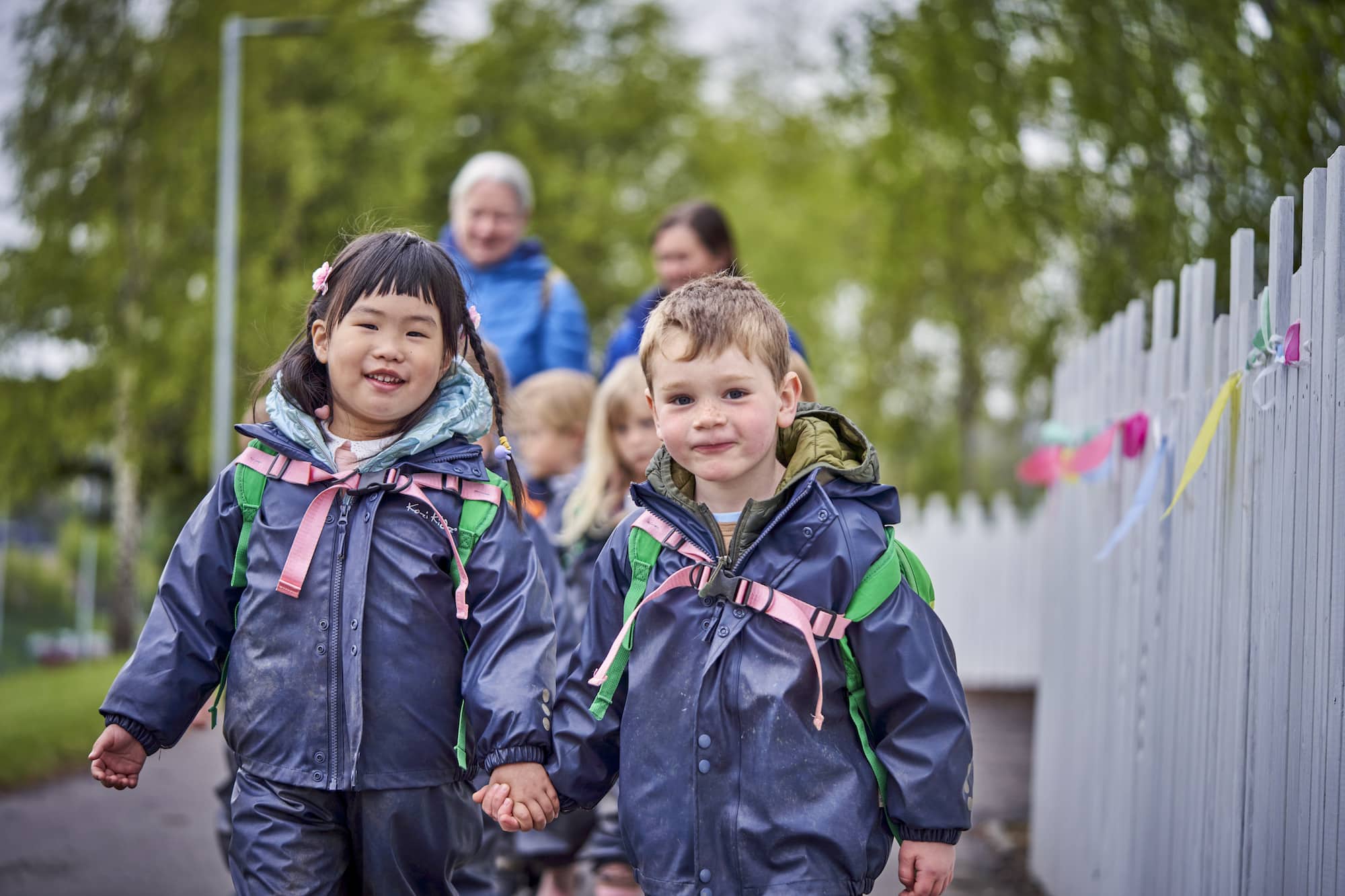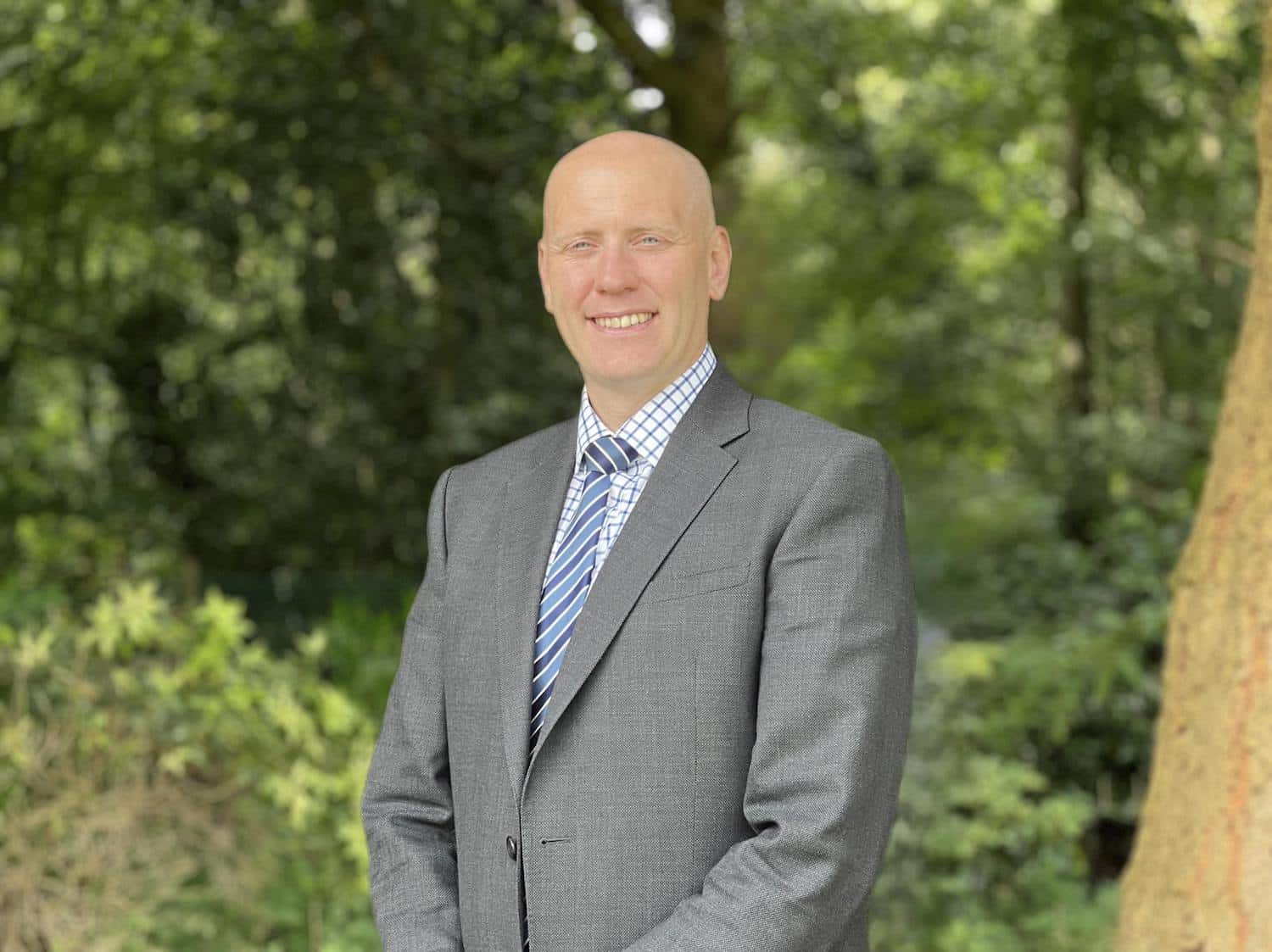When you were at school, did you have a clear idea of what you wanted to do when you left?
I decided to study Medicine from the age of around 12, so I had a clear idea of which O Grades, Highers and Sixth Year studies subjects to choose.
Did any of your teachers help to inspire your plans?
Yes, the science and maths teachers were very inspirational and helped enormously with sixth year projects that were crucial for getting my A grades in sixth year to get into Cambridge on a conditional offer.
What drew you towards your speciality in Oncology?
I was very lucky as a fifth-year medical student to be in a very small group attending the Oncology fortnight, so I got to attend radiotherapy clinics and planning sessions on a 1:1 basis, including peripheral clinics at smaller hospitals. I was excited by the breadth of exposure to different tumour types, involving multiple body systems, with patients from a wide demographic, and also the physics and technical elements of the work.
Unfortunately, nearly all of us are affected by cancer within our immediate families and friendship groups. How do you manage to delineate between the personal emotional side and professional medical side?
Yes, sadly one in two people will get cancer in their lifetime nowadays. I think you are taught from an early time in medical school to delineate between the two sides. It is also important to have a good work-life balance with interesting things to do in your downtime, to stop getting too emotionally involved with work.Where is your current research focused and what do you hope to achieve with this?
My laboratory is interested in using dietary fibre supplements to make radiotherapy work better from both the point of view of improving cure rates but also in terms of reducing side effects. We have mainly been doing laboratory-based work and collecting poo samples from patients to look at the gut microbiota (the bacteria in faeces which are affected by the dietary fibre that people eat) at the start of treatment, to see if this affects how well patients do after treatment. However, thanks to engagement from patients and the public, we are now developing clinical trials of dietary fibre supplements.
In your opinion what is the biggest challenge facing the field of oncology research over the next 10 years?
Developing new treatments which are more effective and thus cure more patients but which aren’t so toxic that a proportion of patients come to harm as a result of treatment which could impact on their long-term quality of life.
You spent a lot of your career in England, what drew you back to Scotland?
The opportunity to work as an endowed Chair at the University of Aberdeen was very appealing, although Aberdeen is very cold! It is also much nearer my mum in Edinburgh than Oxford, and I get to play golf on a much larger choice of fun golf courses here.
What has been your proudest achievement in your work?
I won the Cancer Research UK Flame of Hope award for Research Engagement in 2015 for my work in a Citizen Science project creating a games app for smartphones and tablets, which had 100,000 downloads. We got members of the public to score over 4 million tumour images for us while playing a version of Othello.
What do you like most about your job?
The variety of clinical work and research, with no two days being the same. Research involves supervision of BSc, MSc and PhD students as well as post-doctoral fellows in the lab, recruiting patients to studies, writing grants, writing papers, giving talks at meetings, attending international conferences and much more.
What has been the most challenging part of your career so far?
I think being a middle grade doctor and juggling professional exams with on call and clinic work was the most challenging time.
What advice would you give to current pupils when thinking about their future?
Get in touch with people who are doing the degrees or jobs that you are interested in and try to spend some time on work experience, to be sure that it is what you want to do as your career.
Tell us your favourite memory of your time at school
I enjoyed playing the violin in the school orchestra and was leader in my sixth year. There was a dance display that we were involved in one year, and for one dance I was asked to play a tambour to tap out the rhythm. It was much harder than I thought it would be and it gave me great respect for the percussion section of an orchestra.
